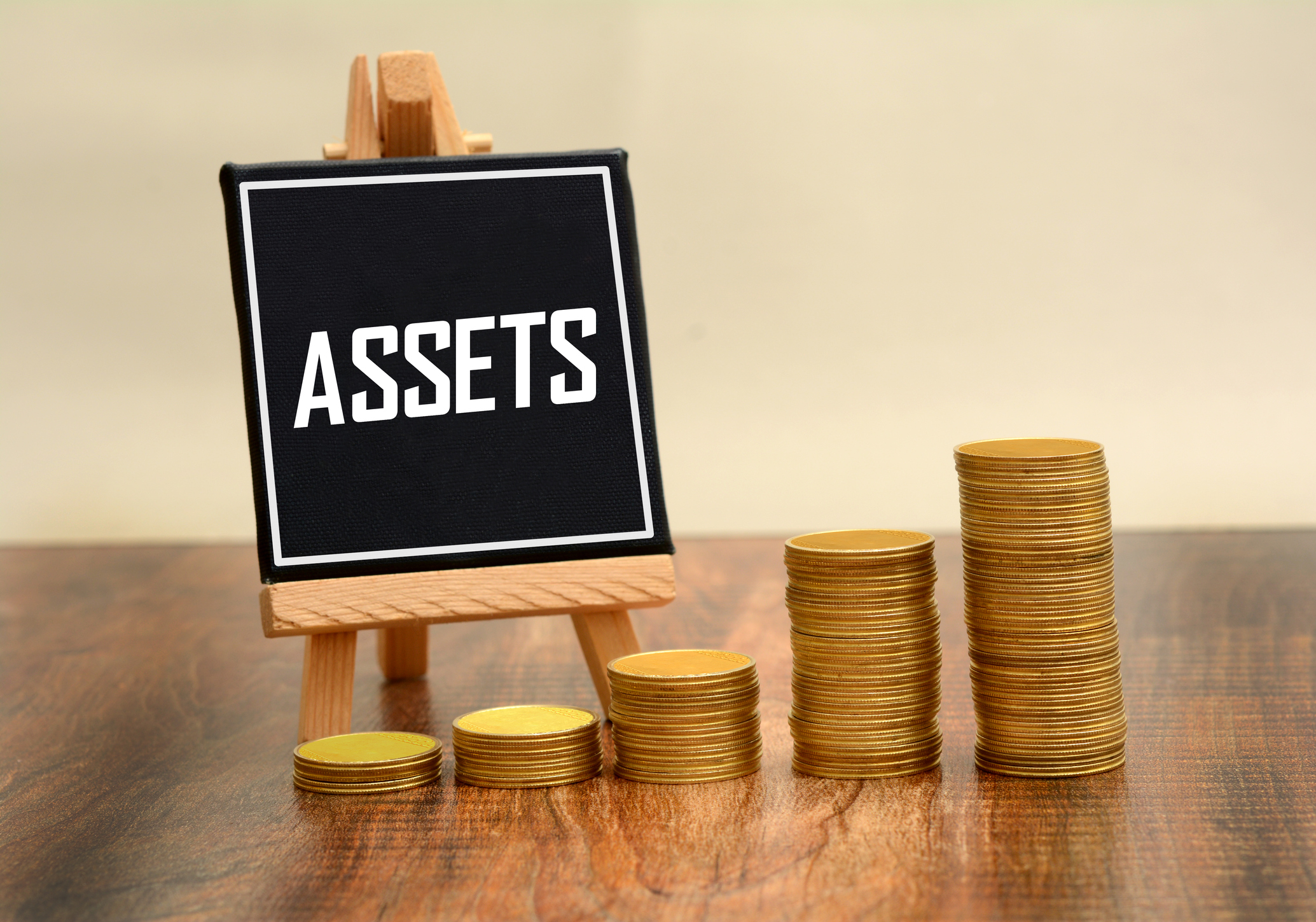The phrase “tokenized assets” is appearing more and more in the business world. Some understand what it means but aren’t sure about how the whole concept looks in practice, while others are still trying to grasp why it matters at all. Put simply, it’s the process of representing real world assets such as real estate, precious metals, or even pieces of art, on blockchain.
Beyond this technical definition lies a far more consequential reality that tokenization is bringing much novelty to global markets. And at the same time, it’s giving boards and executive teams something new to think about.
With that said, let’s look at what tokenized assets really mean for boardrooms and how executives should be preparing for their impact.
From Blockchain to Tokenized Assets
New technology always brings change to the financial world. The internet has already completely transformed how capital moves and how markets operate, and with modern devices, business leaders can monitor global markets and access critical data on the go.
If there’s a new piece of tech that has brought the same level of influence as the two mentioned above, it’s distributed digital ledgers. With their arrival also came cryptocurrencies, which have already become a whole new asset class and challenged the ideas of central banking, payments, and monetary policy. Bitcoin has, over time, become one of the most desirable investment options, and the whole world is watching as the token hovers around its all-time high of about $120,000.
Not all attention goes to Bitcoin, though. Altcoins such as Ethereum have also brought much change by introducing features like smart contracts and expanding the use of digital ledgers beyond simple transactions. Meme coins have also surfaced, often rising in value through viral popularity and the collective enthusiasm of online communities. Projects that fall into this category are emerging every day, with a good example being the new site maxidogetoken.com. This new token builds its identity on 1,000x leverage without stop loss and markets itself as a fast-paced trading option.
Apart from cryptocurrency, blockchain has also introduced the concept of tokenized assets. Using the same underlying technology, real-world holdings can now get their own digital form. This makes it possible for assets to be divided into smaller units so that they can be traded more efficiently and accessed by a broader pool of investors.
While the same process can apply to all types of assets, let’s look at how tokenization can apply to real estate. In the past, you needed a large amount of money upfront if you wanted to invest in a property. Also, only a small group of investors could participate. That same property can now be divided into small, digital components through tokenization. This enables more people to make smaller investments and boosts liquidity.
Tokenization is Changing the Game
Tokenization is already here, and in a relatively short timeframe, it has brought a lot of change to financial markets. These changes are best visible in how capital is raised, how assets are traded, and how investors think about access to markets that were previously closed off.
The biggest change that has arrived with this concept is the ability to attract smaller investors who were, not so long ago, excluded from certain asset classes. For example, if a company wanted to sell an asset before, it had to wait for an institutional buyer with enough funds to do the deal. Now, there’s a whole new approach that can work in the same situation. The company can tokenize that asset and sell fractions of it to thousands of smaller investors from across the world. This enhances liquidity and speeds up capital raising.
It also levels the playing field, allowing everyone to participate and invest in all asset classes, even those that were previously reserved for institutional players or high-net individuals. This means the entire concept can be a critical tool, especially in emerging economies where capital markets are less developed.
Another aspect in which tokenization can improve investing in different assets is speed through its use of smart contracts, which are self-executable and guarantee that terms are carried out exactly as written. This means that settlements occur in real-time on blockchain.
What makes tokenization even more powerful is that it isn't limited to traditional financial assets. Digital tokens can be used to represent anything from works of art and intellectual property to carbon credits, opening up markets that were previously inaccessible.
What Executives Should Prepare for
For executives, the key question is no longer whether tokenization will impact their industry, but when it will happen and how great the effect will be. It’s far more than a passing trend, and it’s highly likely it’ll change markets for good.
One of the most important areas to keep an eye on is regulation. Each country has its own approach to tokenization, as some view it the same as traditional financial instruments, while others may not yet have clear rules in place. This creates issues such as cross-border compliance and double regulations in multiple jurisdictions.
Companies that want to participate must stay up to date with the most recent legal frameworks and try to anticipate changes that could directly affect how they operate.
Executives should also look inward at their own infrastructure. Tokenization requires different ways of issuing, recording, and transferring value. Not all existing systems can support this, which means that adopting new platforms and adjusting core processes might be necessary.
Conclusion
The emergence of blockchain, cryptocurrencies, and eventually tokenized assets has opened a new chapter in the world of finance. Tokenization is completely rewriting the rules of ownership and investment, and it’s something the business world will start to embrace more and more.
It’s important to understand that the introduction of tokenization isn’t just another technological upgrade. Instead, it’s a big structural change that alters competitive dynamics and creates markets that didn’t exist before. It’s highly likely to become a common ground where traditional finance and digital innovation meet, laying the groundwork for how international markets will function in the decades ahead.














